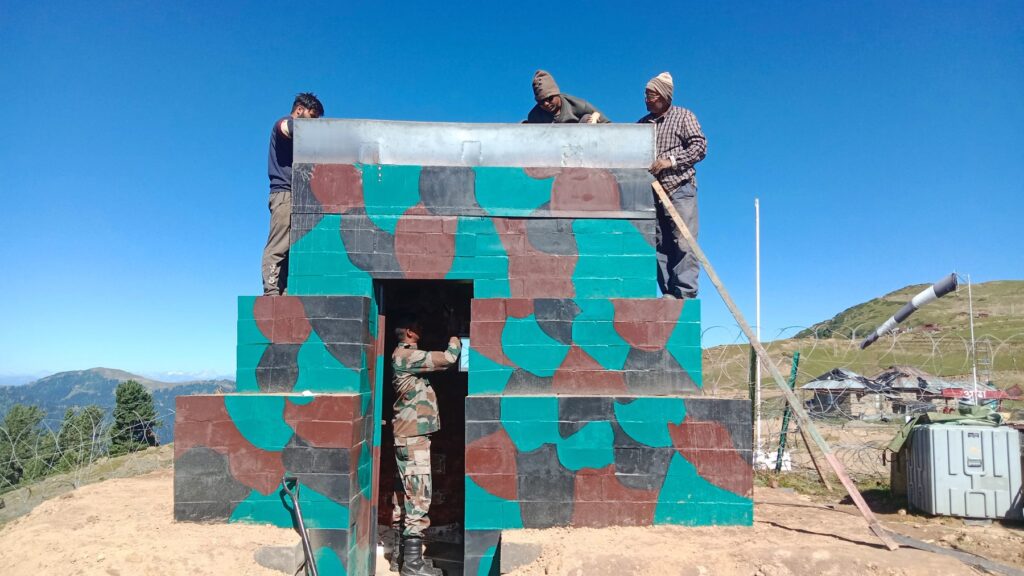
While guarding the frontiers, Indian Army men have been bravely enduring harsh weather conditions in isolated regions for several years. Occasionally, this leads to serious injuries or even death. The 2 Engineer Regiment of the Chinar Corps, Indian Army, engaged R+D Studio to design and implement a pilot outpost at 14,000 feet near Razdan Pass, in the northern front of Jammu & Kashmir, with the goal of improving the situation.
Sandbags are often used for construction, insulation, and security, as we saw on a site visit to an outpost. The firm used this as inspiration for designing the 13″ x 9″ x 6″ Silica Composite Hollow Blocks (SCHB) made from 100% recycled material consisting of foundry dust, single-use or multi-use plastic waste, and zero natural materials. The patented hollow blocks also offer an alternate solution towards the “Last Mile” problem, which is faced by the Armed Forces in remote and inaccessible areas where material must be carried by either mules or porters. These blocks are made of a proprietary composite material that can withstand 3 times more load as compared to clay bricks, ACC blocks, or CMU Blocks. The hollow blocks are ideal in terms of weight at 7.5 kg per block) and are strong enough to take wear and tear.
The entire building, including the foundation, is built from 1800 interlocking SCHBs that simply click into place with a hammer. The walls are formed of three layers that rise from the earth, thinning to two near the top, and finally to one. The PD’s roof is built to withstand a load of 25 feet of snowfall.
The PD (Permanent Defense) is constructed layer by layer, with each layer being installed after the hollow blocks have been completely compacted and filled with earth. The earth keeps the temperature differential between the interior and exterior comfortable. Additionally, a specialized IRHS Heating plate (Infra-Red Heating System) is placed inside the space to provide heating for this PD to stay warm during winter nights when the temperature drops as low as -20 degrees Celsius. The blocks’ ability to withstand enemy fire is another significant benefit. The compacted soil filling layer makes the SCHB wall impenetrable. The blocks of the PD can be recycled again for another purpose after its use is over.
“The world today is in a situation, where innovation in building materials is not just an idea but an obligation.”
Shridhar Rao, Partner R+D Studio & Co-founder GREEN बनाना

Permanent Defense for the Indian Army, by R+D Studio. © R+D Studio 
Permanent Defense for the Indian Army, by R+D Studio. © R+D Studio 
Permanent Defense for the Indian Army, by R+D Studio. © R+D Studio 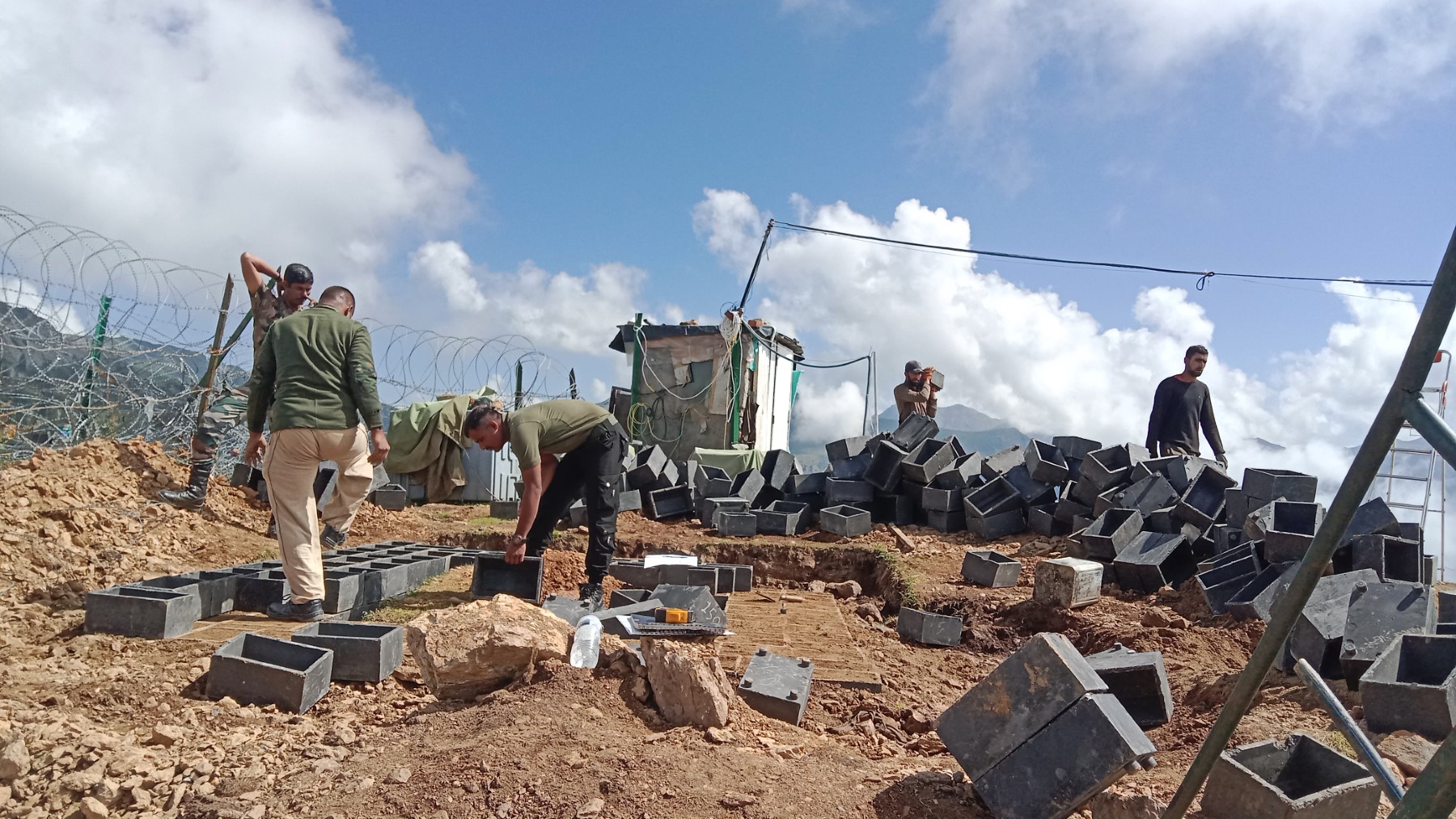
Permanent Defense for the Indian Army, by R+D Studio. © R+D Studio 
Permanent Defense for the Indian Army, by R+D Studio. © R+D Studio 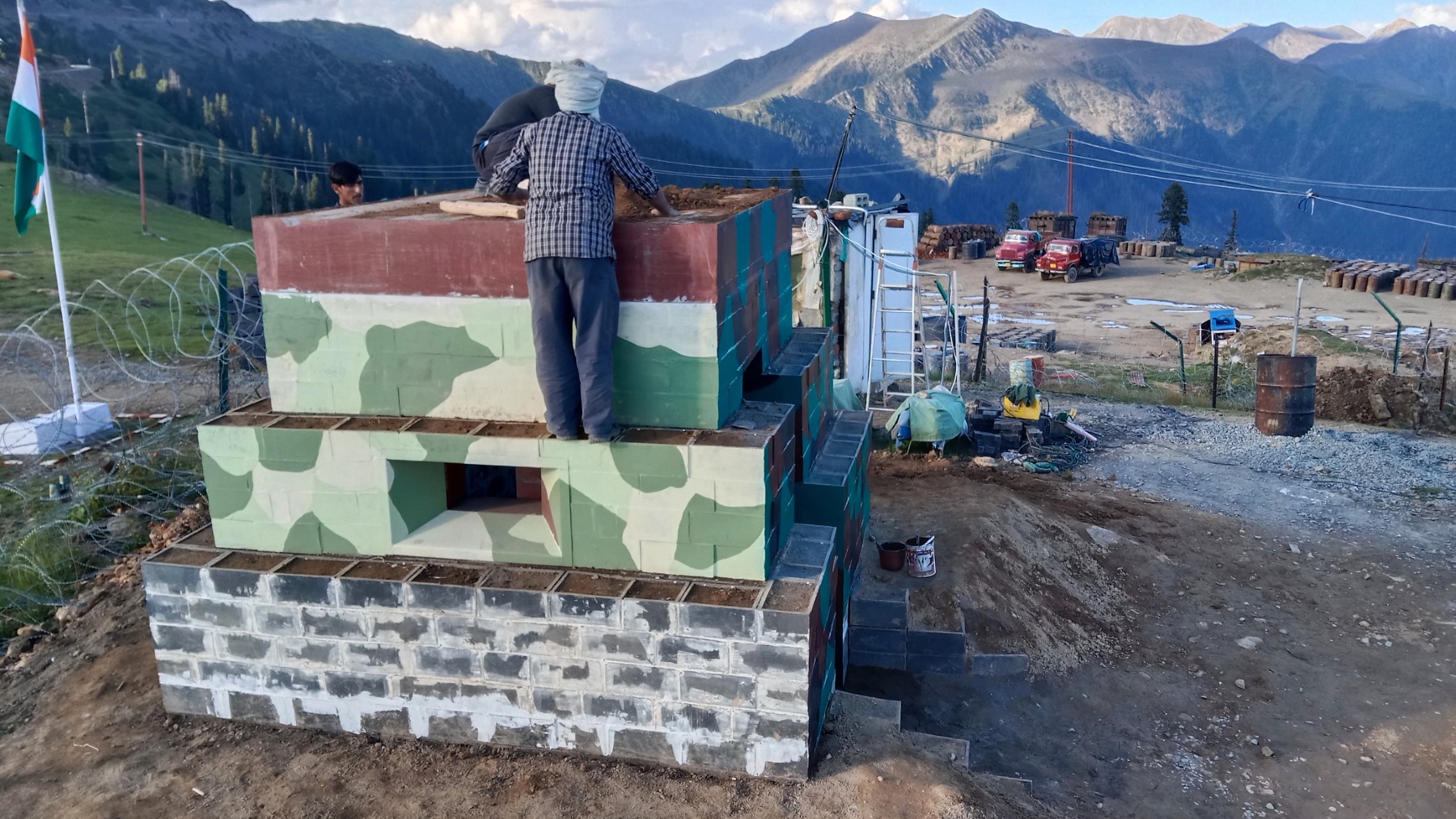
Permanent Defense for the Indian Army, by R+D Studio. © R+D Studio 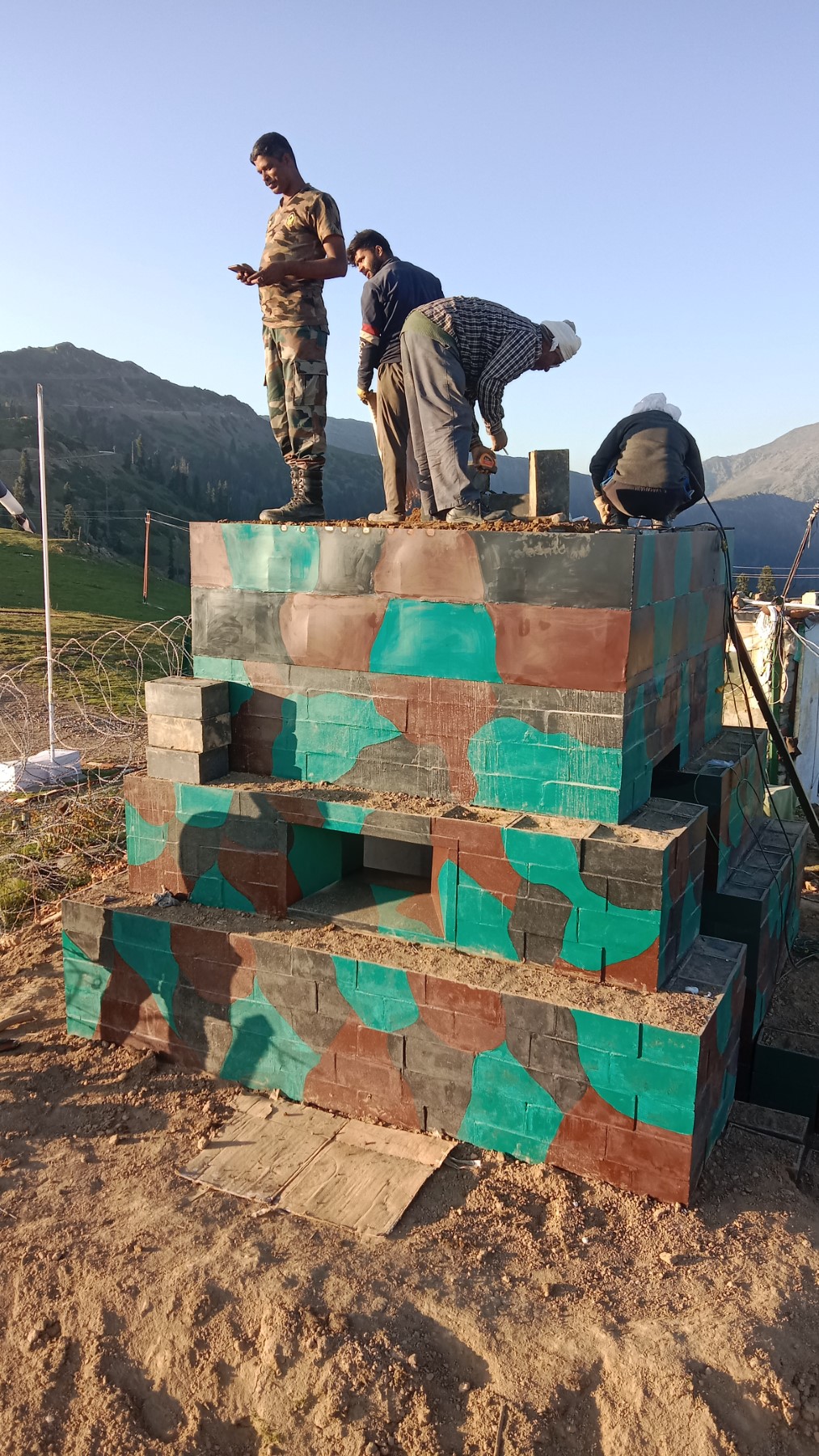
Permanent Defense for the Indian Army, by R+D Studio. © R+D Studio 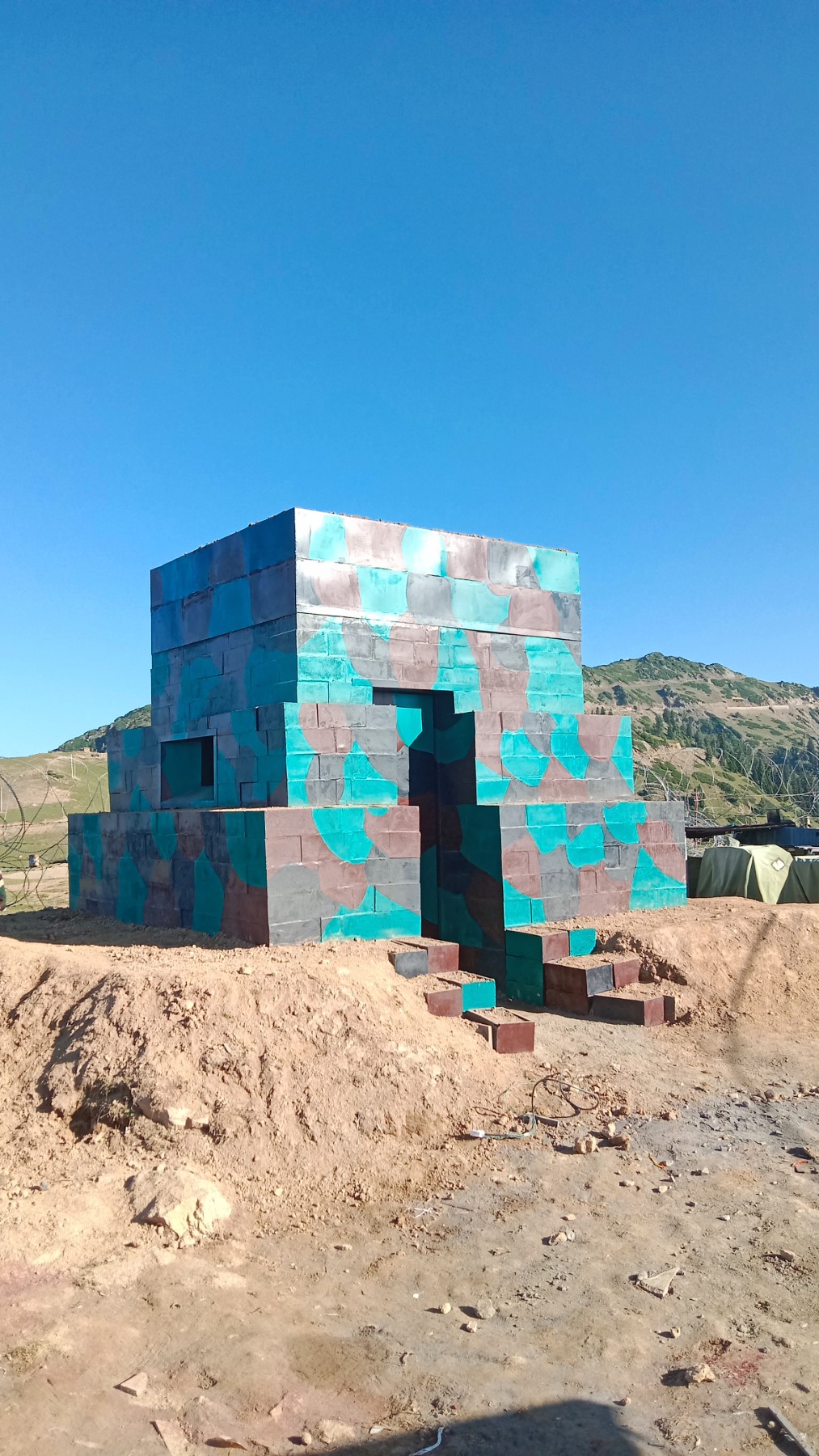
Permanent Defense for the Indian Army, by R+D Studio. © R+D Studio 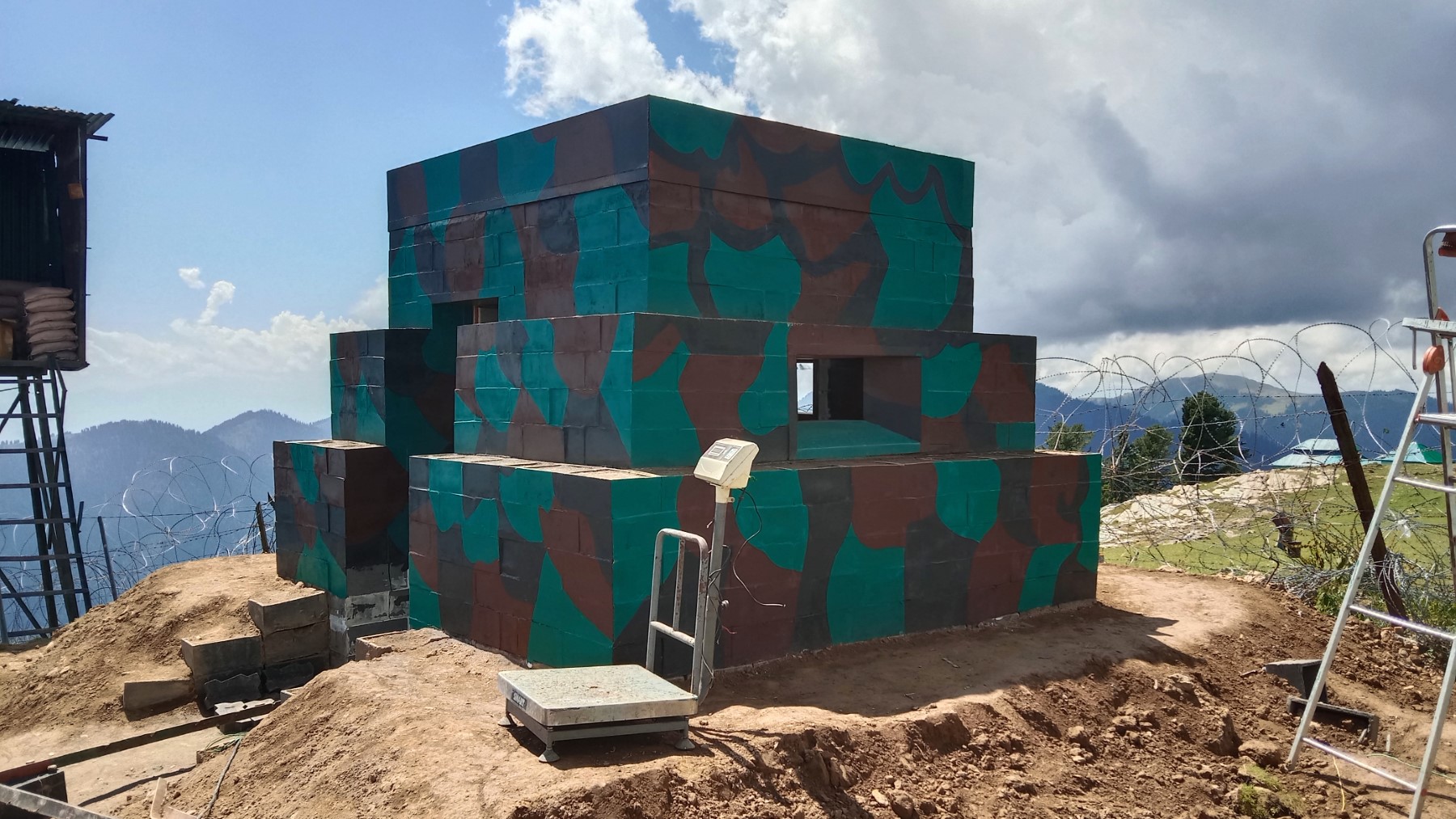
Permanent Defense for the Indian Army, by R+D Studio. © R+D Studio 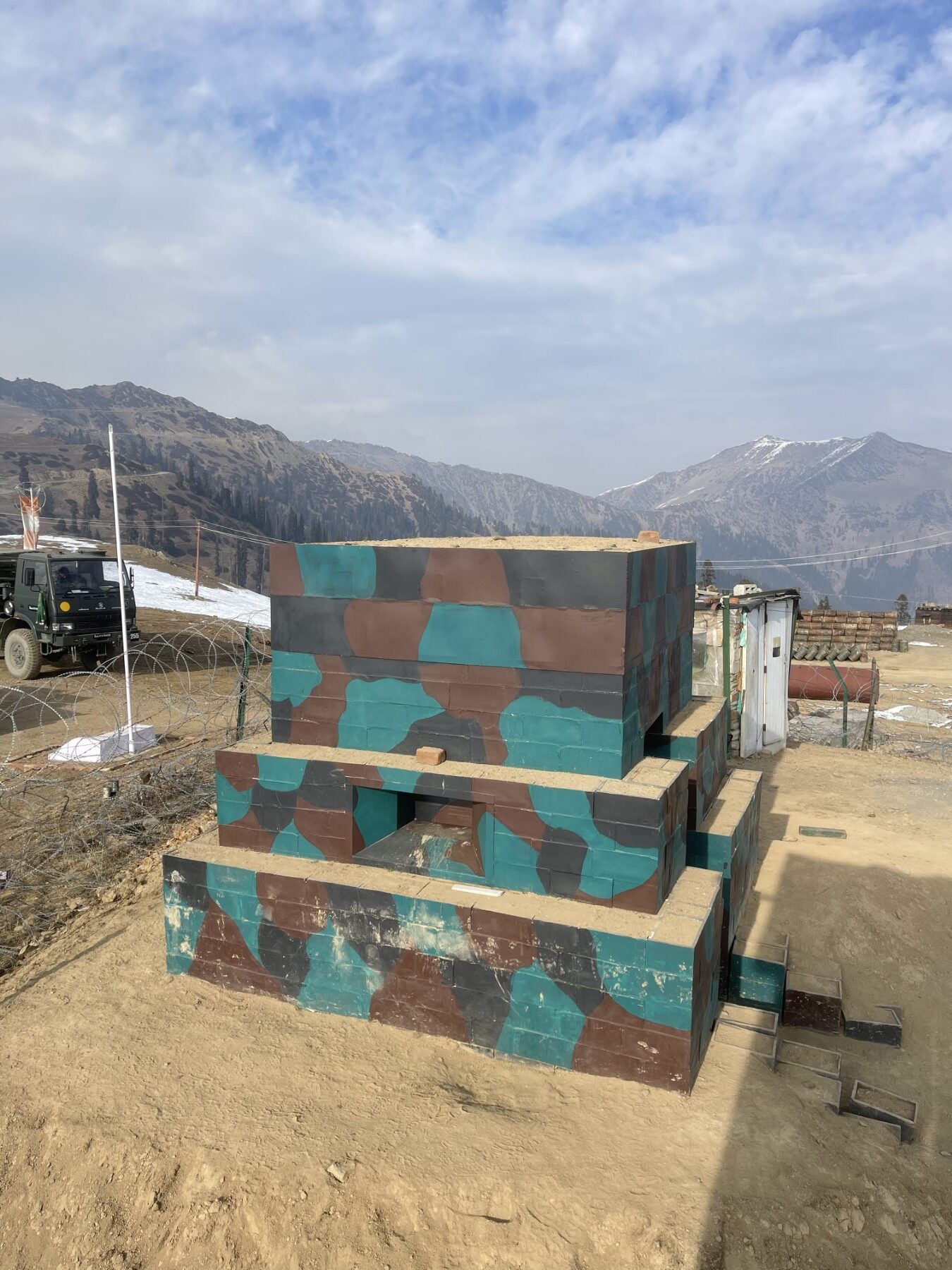
Permanent Defense for the Indian Army, by R+D Studio. © R+D Studio 
Permanent Defense for the Indian Army, by R+D Studio. © R+D Studio 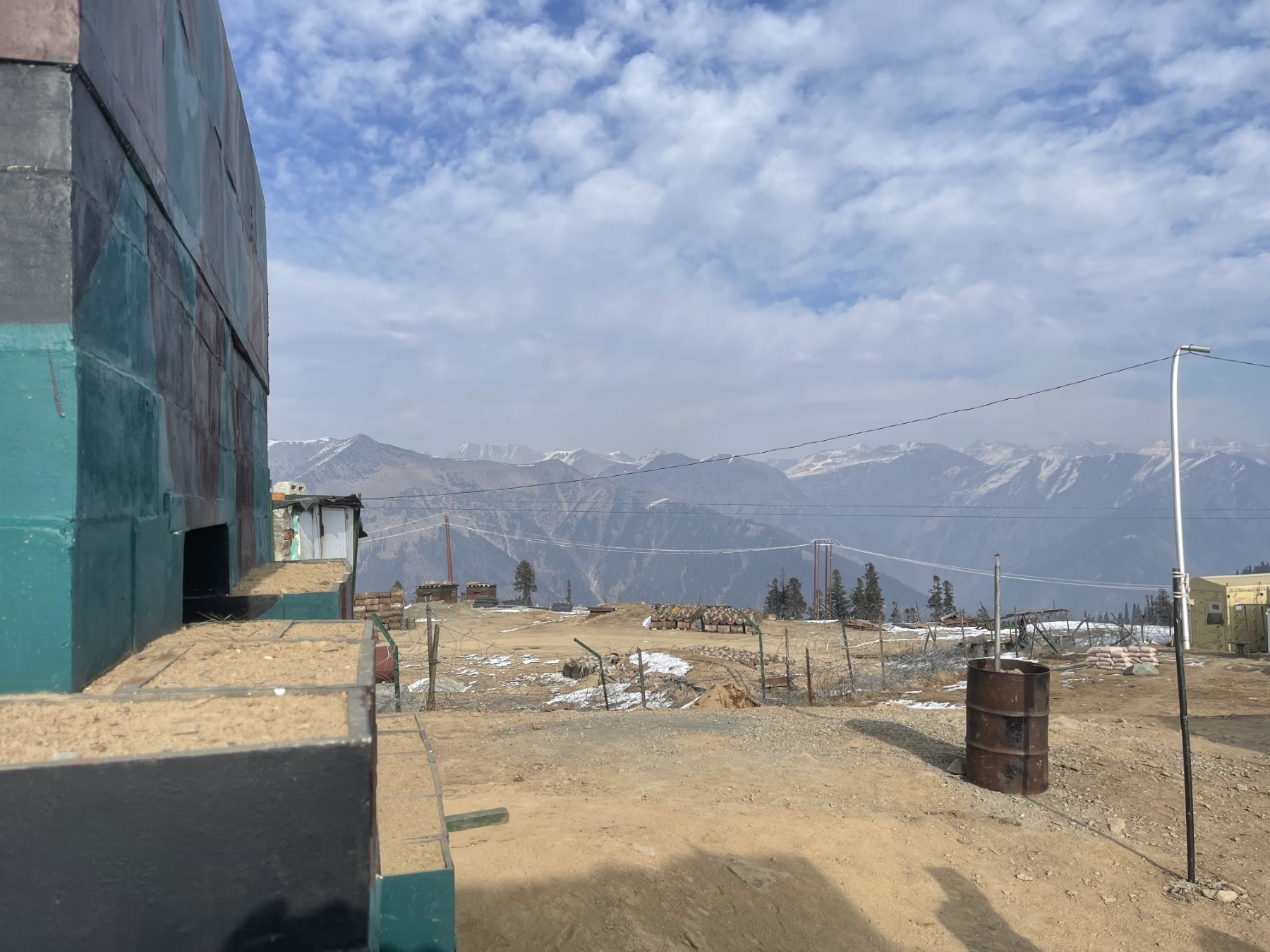
Permanent Defense for the Indian Army, by R+D Studio. © R+D Studio 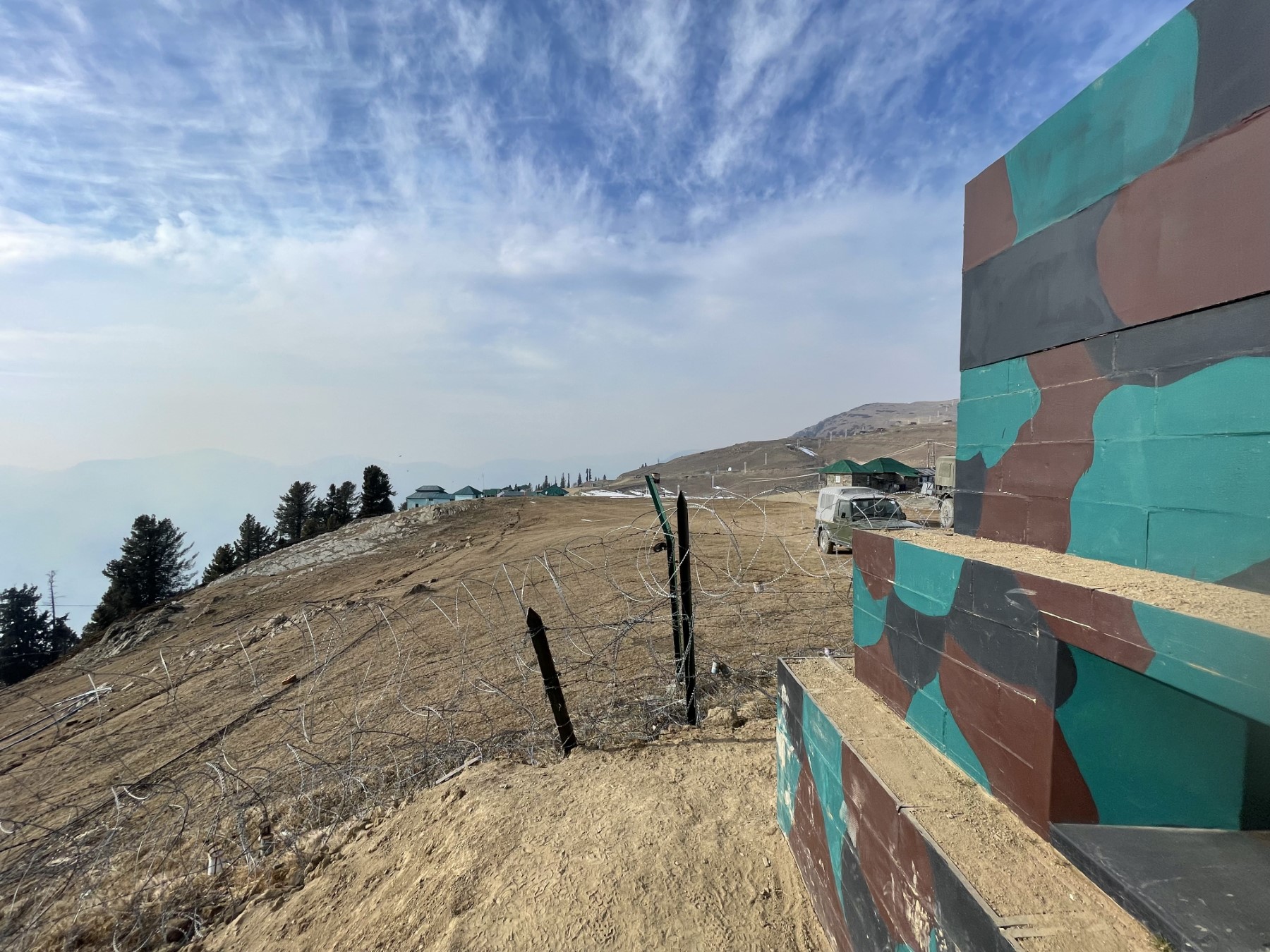
Permanent Defense for the Indian Army, by R+D Studio. © R+D Studio 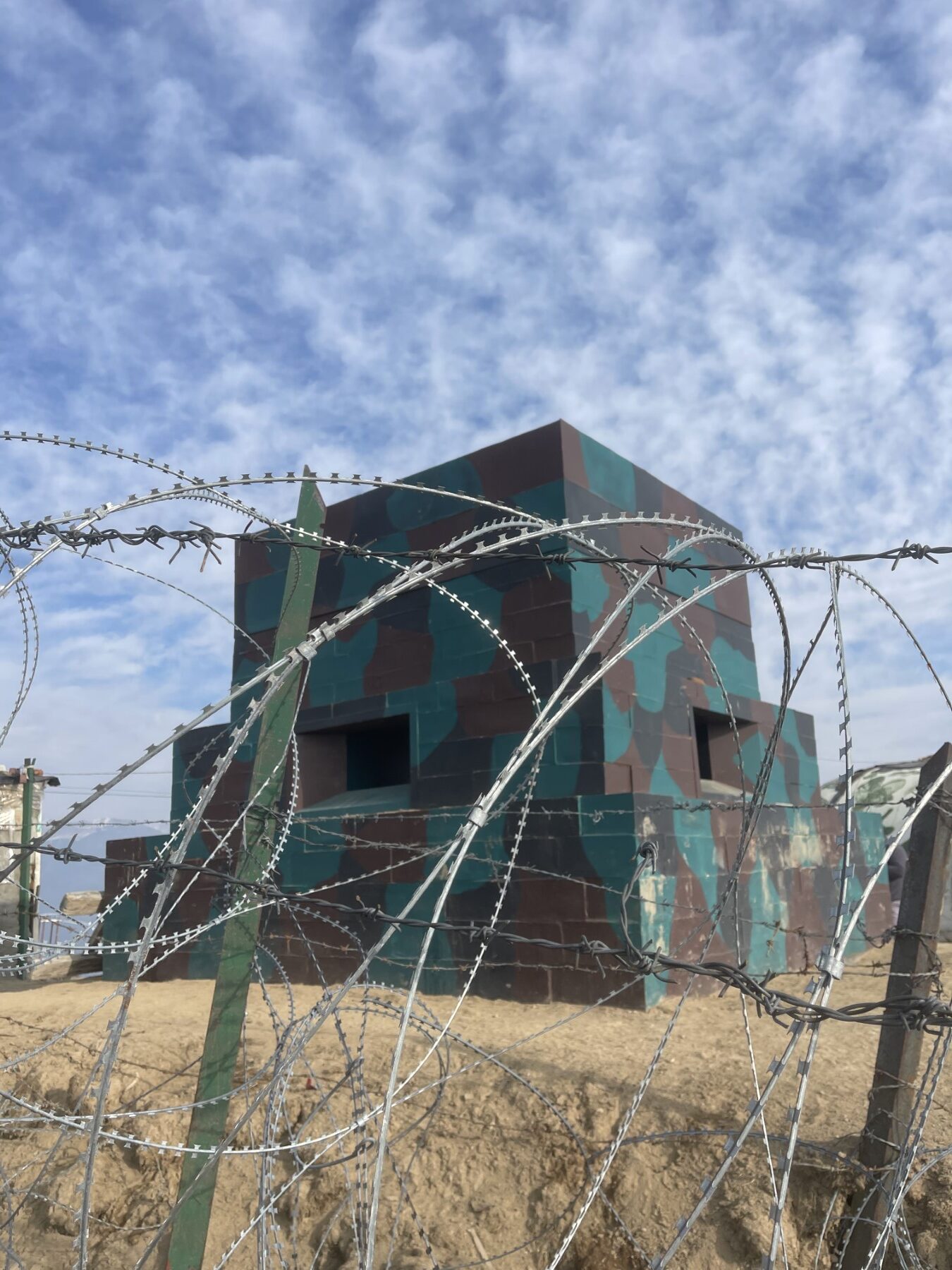
Permanent Defense for the Indian Army, by R+D Studio. © R+D Studio 
Permanent Defense for the Indian Army, by R+D Studio. © R+D Studio 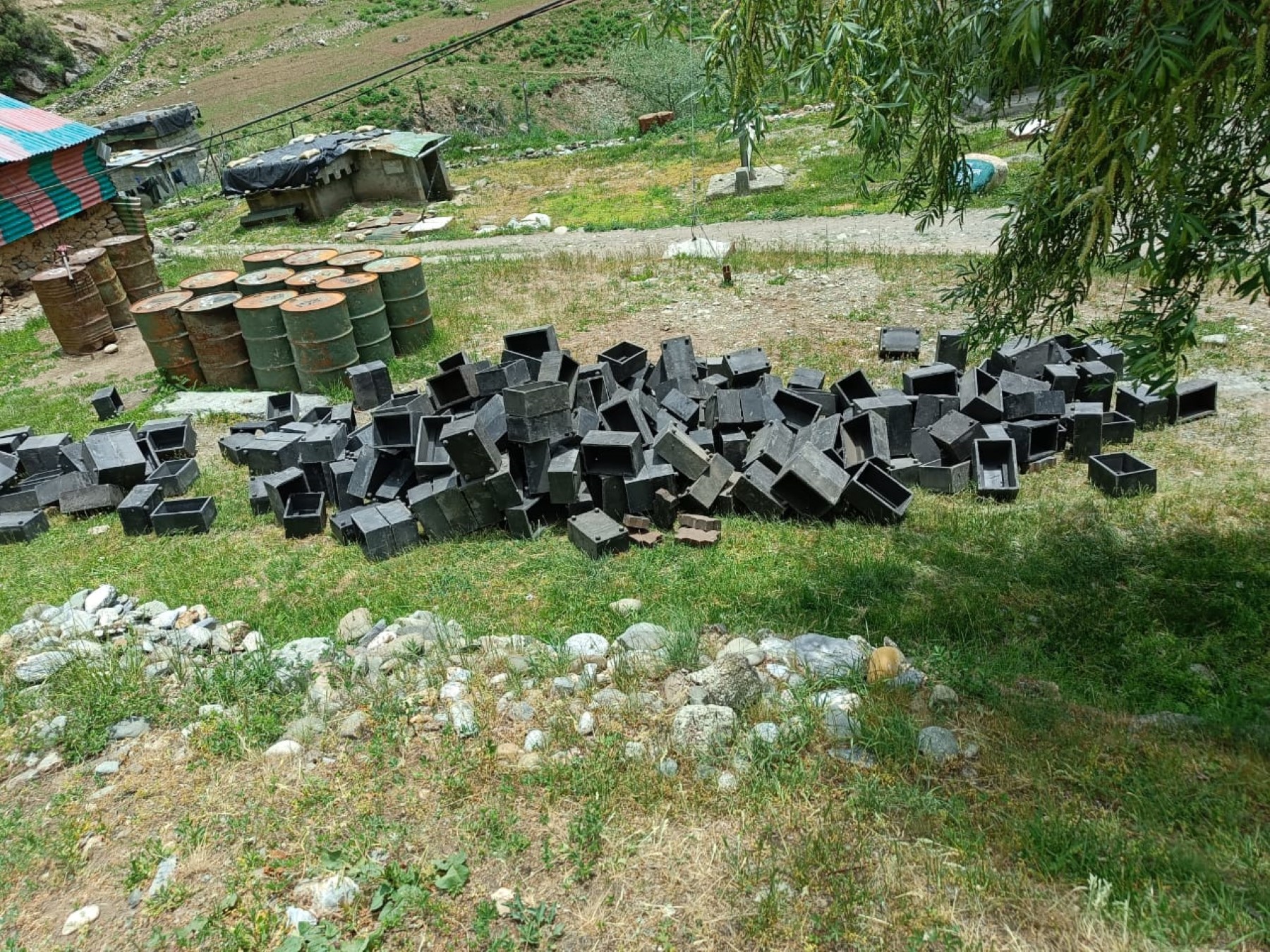
Permanent Defense for the Indian Army, by R+D Studio. © R+D Studio 
Permanent Defense for the Indian Army, by R+D Studio. © R+D Studio 
Bunker Floor Plan. Permanent Defense for the Indian Army, by R+D Studio. © R+D Studio 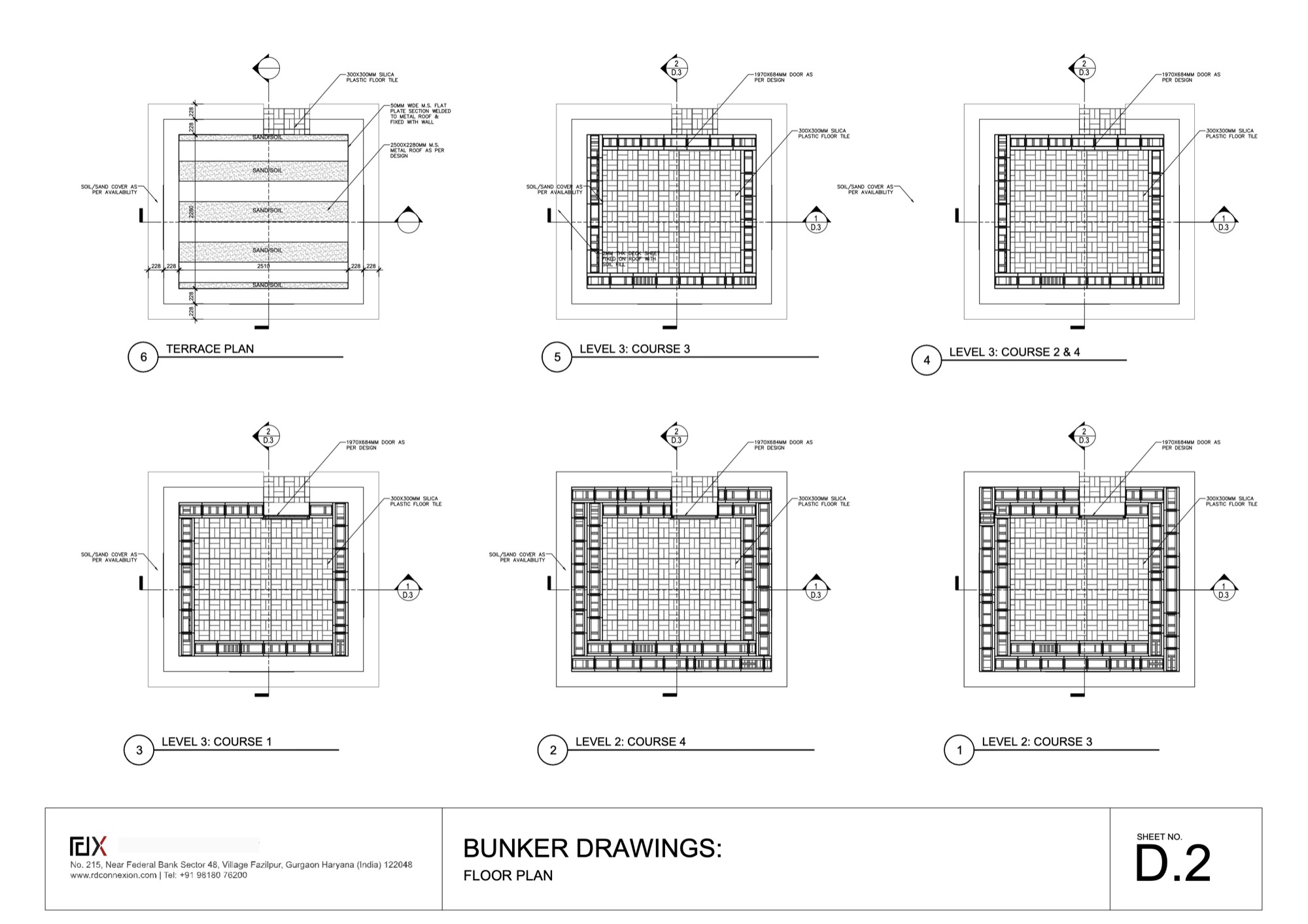
Bunker Floor Plan. Permanent Defense for the Indian Army, by R+D Studio. © R+D Studio 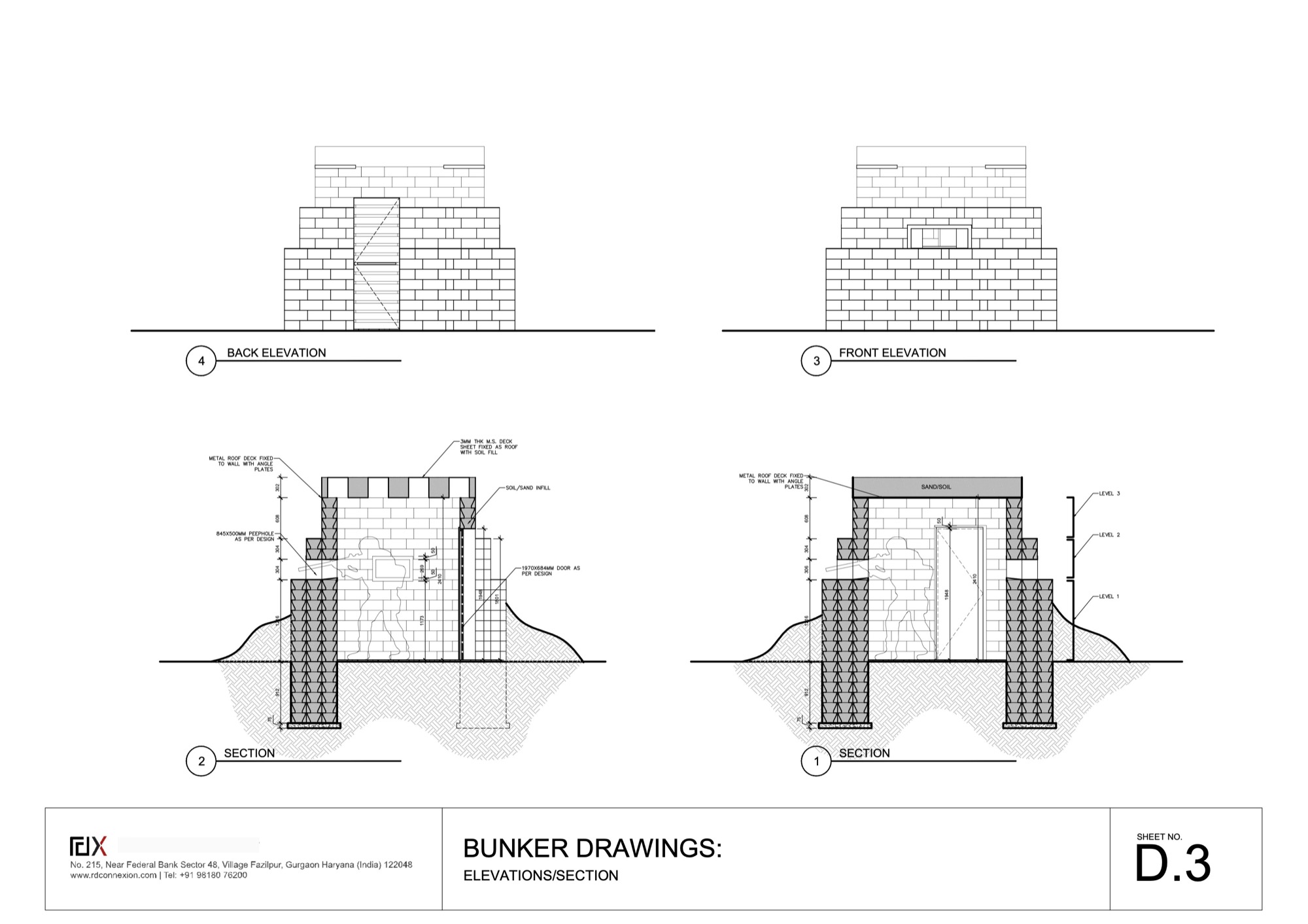
Bunker Elevation and Section. Permanent Defense for the Indian Army, by R+D Studio. © R+D Studio 
Bunker Peephole. Permanent Defense for the Indian Army, by R+D Studio. © R+D Studio 
Bunker Metal Roof Drawing. Permanent Defense for the Indian Army, by R+D Studio. © R+D Studio 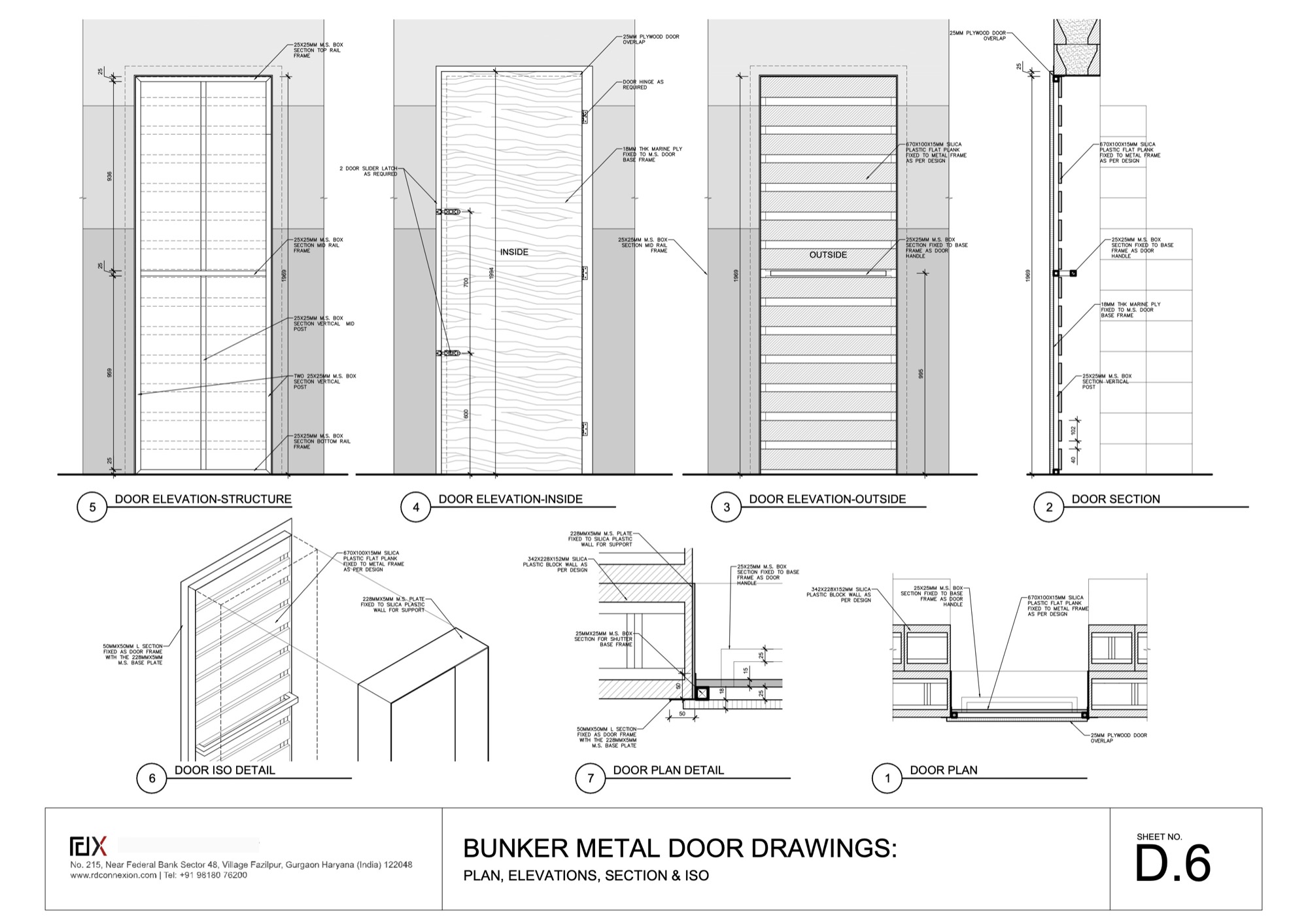
Bunker Metal Roof Drawing. Permanent Defense for the Indian Army, by R+D Studio. © R+D Studio 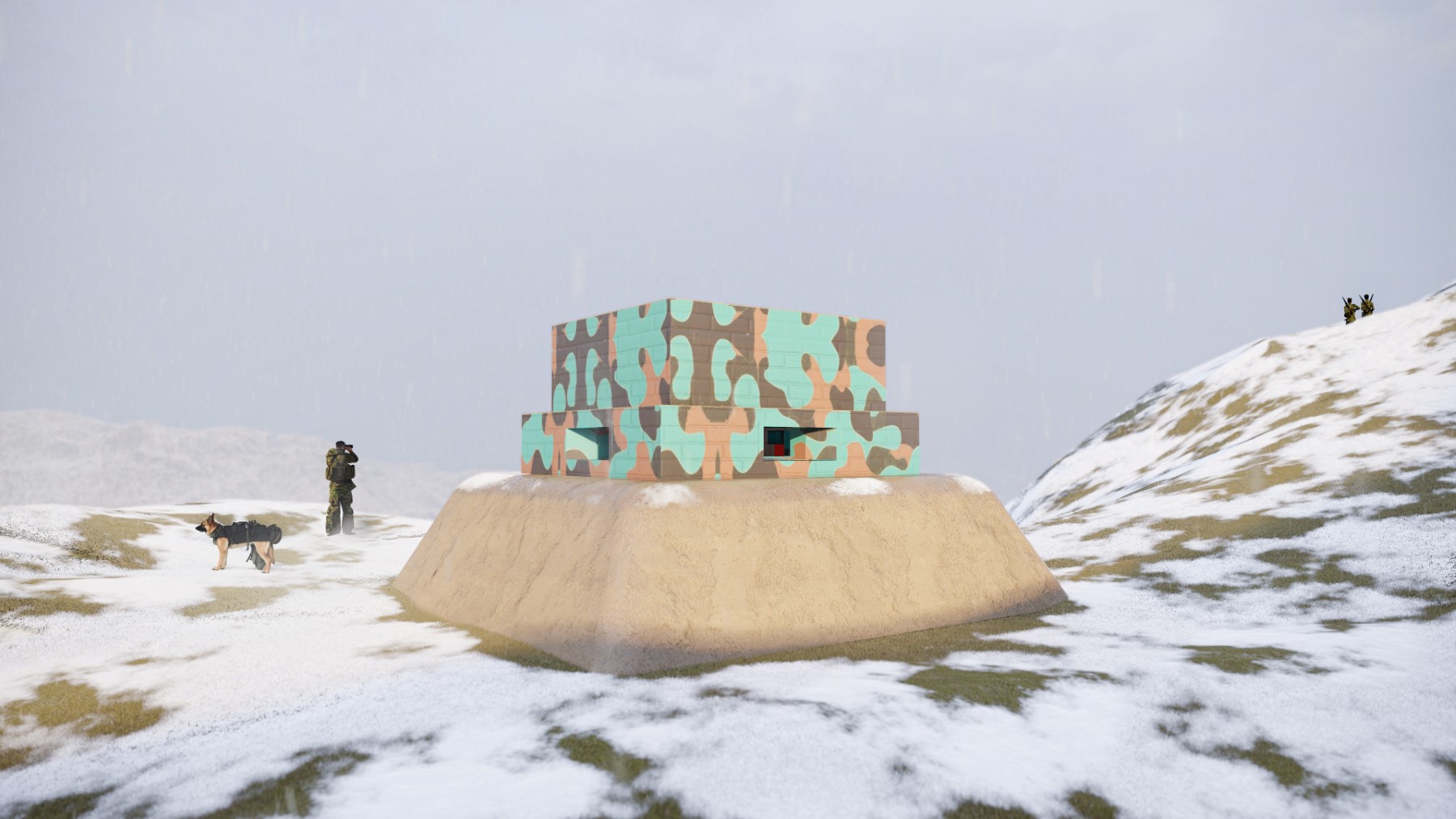
Render. Permanent Defense for the Indian Army, by R+D Studio. © R+D Studio 
Render. Permanent Defense for the Indian Army, by R+D Studio. © R+D Studio 
Render. Permanent Defense for the Indian Army, by R+D Studio. © R+D Studio 
Render. Permanent Defense for the Indian Army, by R+D Studio. © R+D Studio
Project Details:
Name: Army Permanent Defense
Location: Jammu and Kashmir, India
Typology: Military Bunker
Site Area: 14,000 feet at an undisclosed location
Built-up area: 125 sq. ft.
Designed by: R+D Studio
Team: Shikha Doogar, Shridhar Rao, Rana Sarkar, Sethulakshmi S.
Consultants:
Collaborators: Green Banana Environment Solutions Pvt. Ltd., Smart City Solutions India Pvt. Ltd
Structure Design: Design Roots
Execution team: RD CONNEXION – Manikant Sharma, Pancham Yadav, Laxmikant Sharma
Photographs by: R+D Studio







